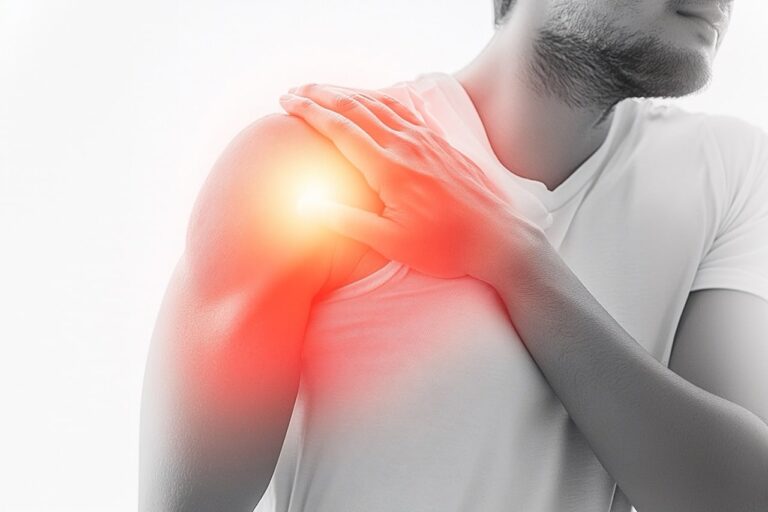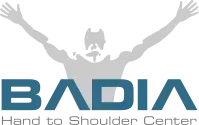Miami, FL, – Updated January 2025 – The best methods for repairing shoulder labral tears, a type of injury involving the cartilage that lines the shoulder joint, remain under active research. Innovations like knotless sutures and bioabsorbable tissue anchors have significantly improved patient outcomes, according to hand and upper limb orthopedic surgeon, Dr. Alejandro Badia, MD.

Dr. Badia points out that labral tears often occur due to direct trauma or repetitive micro-trauma to the shoulder labrum. These injuries can arise from various activities, particularly those involving throwing, lifting, or overhead motions. For instance, athletes and individuals who engage in overhead sports are typically at higher risk for developing types of shoulder labral tears.
The shoulder labrum plays a crucial role in the stability of the joint, acting as a cushion and the attachment point for various ligaments. If it becomes damaged, it can lead to instability, causing pain and limiting mobility. A bankart tear is a specific type of labral tear that occurs when the labrum is torn away from the glenoid socket, often as a result of a shoulder dislocation.
Patients with a shoulder labrum tear typically experience a combination of symptoms, including:
Diagnostic methods to assess labral tears of the shoulder may involve physical examination techniques and MRI scans. A thorough evaluation helps determine the specific type of labral tear and the extent of the injury in the shoulder joint.
Depending on the severity of the labral tear, nonsurgical treatment options may be recommended initially. These often include:
For cases that do not improve with conservative treatment, surgical repair may be necessary.
An arthroscopic procedure may involve:
Recovery times can vary, with many patients seeing significant improvement within six weeks post-surgery. The timeline may depend on the patient’s adherence to rehabilitation protocols and the nature of their injury.
To maintain shoulder health and prevent injuries, Dr. Badia recommends:
Dr. Alejandro Badia, MD, FACS, is a distinguished hand and upper-limb surgeon and founder of the Badia Hand to Shoulder Center and OrthoNOW®, a walk-in orthopedic care clinic. He specializes in a spectrum of problems affecting the hand and upper extremities, including trauma, sports injuries, joint reconstruction, nerve injuries, and arthroscopic surgeries. For more information, visit OrthoNOWcare.com and drbadia.com.
Contact: Melissa Chefec, MCPR, LLC, 203-968-6625.
Labral tears of the shoulder refer to injuries affecting the fibrous cartilage that deepens the shoulder socket. These tears can occur due to trauma, repetitive overhead activities, or as a result of aging. Athletes in sports that require frequent throwing or lifting are particularly at risk for these types of injuries.
There are several types of labral injuries, including SLAP tears and Bankart tears. Diagnosis typically involves physical examinations and imaging tests like MRI scans. Arthroscopy, a minimally invasive surgical technique, can also be used to inspect and diagnose the condition of the labrum and other structures inside the shoulder joint.
Common symptoms of a torn shoulder labrum include persistent shoulder pain, a catching sensation in the joint, limited range of motion, and instability. Patients may often report pain from a labral tear during specific activities, leading to difficulty in performing daily tasks or athletic endeavors.
Yes, nonsurgical treatment options are often very effective for minor labral tears. Approaches may include physical therapy, anti-inflammatory medications, cortisone shots, and rest. In some cases, athletes and active individuals may also benefit from platelet-rich plasma (PRP) injections as part of their recovery plan, helping to enhance healing in the affected area.
Find live videos of procedures or real testimonials from our patients.

Monday- Friday: 8:30AM- 5:00 PM
Saturday- Sunday: Closed